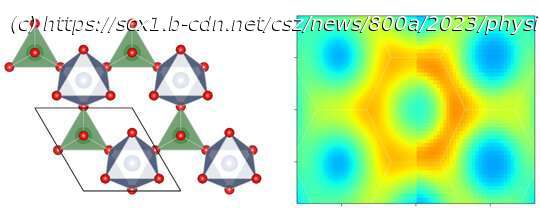Perturbing electron spins in a magnet usually results in excitations called „spin waves“ that ripple through the magnet like waves on a pond that’s been struck by a pebble. In a new study, Rice University physicists and their collaborators have discovered dramatically different excitations called „spin excitons“ that can also „ripple“ through a nickel-based magnet as a coherent wave.
Perturbing electron spins in a magnet usually results in excitations called „spin waves“ that ripple through the magnet like waves on a pond that’s been struck by a pebble. In a new study, Rice University physicists and their collaborators have discovered dramatically different excitations called „spin excitons“ that can also „ripple“ through a nickel-based magnet as a coherent wave.
In a study published in Nature Communications, the researchers reported finding unusual properties in nickel molybdate, a layered magnetic crystal. Subatomic particles called electrons resemble miniscule magnets, and they typically orient themselves like compass needles in relation to magnetic fields. In experiments where neutrons were scattered from magnetic nickel ions inside the crystals, the researchers found that two outermost electrons from each nickel ion behaved differently. Rather than aligning their spins like compass needles, the two canceled one another in a phenomenon physicists call a spin singlet.
„Such a substance should not be a magnet at all,“ said Rice’s Pengcheng Dai, corresponding author of the study. „And if a neutron scatters off a given nickel ion, the excitations should remain local and not propagate through the sample.“
Dai and his collaborators were therefore surprised when instruments in the neutron-scattering experiments detected not one, but two families of propagating waves, each at dramatically different energies.
To understand the waves‘ origins, it was necessary to delve into the atomic details of the magnetic crystals. For instance, electromagnetic forces from atoms in crystals can compete with the magnetic field and affect electrons inside neighboring atoms.






